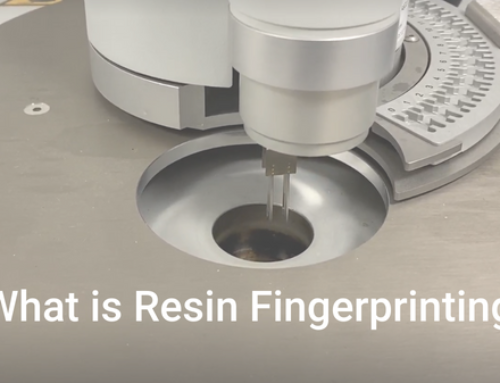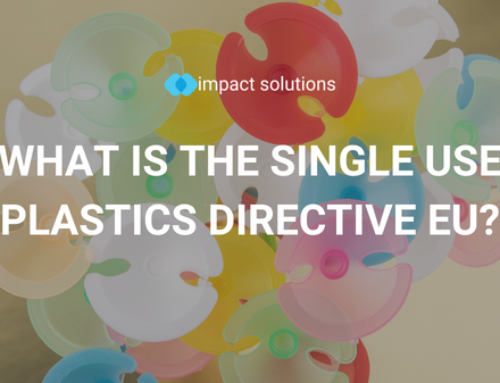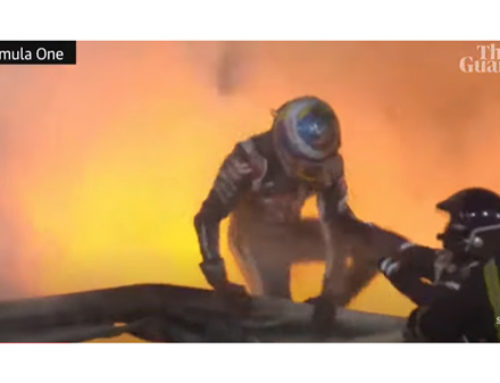Christmas is now over, and lots of children will be enjoying playing with the gifts Santa brought. However, not all plastic toys are what they seem. In order to verify any suspicions, trading standards testing is carried out to ensure authenticity and safety of a toy or product.
Impact returned to work after the holidays to find a sample of an LOL Doll received by one of our friend’s children. The friend was concerned that the toy, purchased from an online source, did not “smell” right and was possibly a fake.

Figure 1 – Counterfeit LOL Dolls from an online source
This article aims to reveal some shocking truths behind some of the toys that were on Santa’s list and why trading standards testing is important to check that manufacturers comply with legislation.
Trading standards testing allows for projects to carry out sampling of products and test purchases in order to check conformity to the relevant regulations, that it is fit for purpose and that it fits the description of what the consumer has been led to expect before purchase.
We got to work by subjecting the toys to Fourier Transform Infrared Spectroscopy (FTIR), which showed a 50% match with DBP Phthalate – listed as a Substance of Very High Concern (SVHC) in EU Directive 2011/65/EU. Our technical expert highlighted that the content of DBP is particularly high in the bottles shown in Figure 1.
It can be assumed that these are the components children will most likely come in contact with their mouth. Directive 2011/65/EU currently restricts this substance, which until 2011 was commonly found in toys, sports equipment or packaging, as it is used as a plasticiser. Phthalates are SVHC as it is known to have toxic effects on reproductive health. Studies have indicated that exposure to high doses of DBP may interfere with progesterone and estradiol production.
Consumers can be exposed to phthalates though, ingestion, breathing air and dust indoor, direct contact with article via mucous membranes or skins and when the product is placed in the mouth (which children tend to do).
On 11th July 2018, the European Commission declared a plan to further improve consumer protection against toxic substances by restricting articles containing four phthalates:
– Bis(2-ethylhexyl) phthalate (DEHP),
– Dibutyl phthalate (DBP),
– Benzy butyl phthalate (BBP) and,
– Diisobutyl phthalate (DIBP).
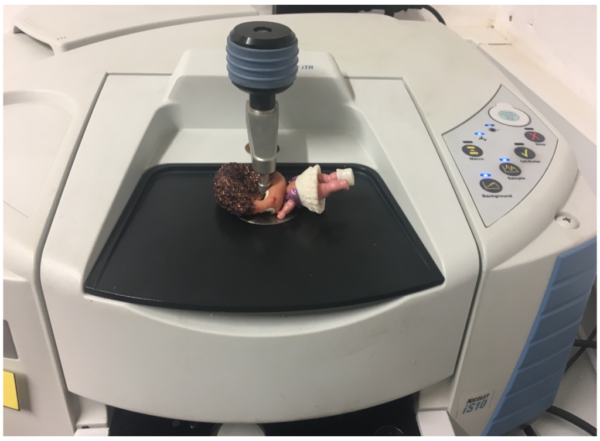
The proposed restriction presented that the aforementioned phthalates may not be present in products used by consumers or available in indoor areas with a concentration equal to or above 0.1% by weight individually or in any combination in any plasticised material. This extended restriction applies to plasticised materials in toys and childcare articles. The definition of childcare article is stated as “any product designed for intended (or both), to facilitate sleep, relaxation, hygiene, the feeding of children or sucking on the part of children”. This proposal is supported unanimously by the REACH (EU’s Registration, Evaluation, Authorisation & Restriction of Chemicals) Committee. Experts in the committee will scrutinise the measures within 3 months before its adoption by the Commission. The restriction will be published in the Official Journal of the EU and will be enforced 18 months after the entry into products produced in and outside of the EU. Currently, the European Commission has notified the World Trade Organisation (WTO) about this restriction proposal.
EU consumers are very familiar with the CE marking, shown in Figure 3. All toys supplied in the UK must meet a list of essential safety requirements in order to carry a CE marking. Nevertheless, it must be noted that a CE marking does not actually verify that a toy is safe to buy. The principal of the marking is mainly to show authorities who regulate safety in the UK that the product is intended to be sold within the European Community. Nonetheless, if there is not a CE marking, it is best to stay clear of the product.
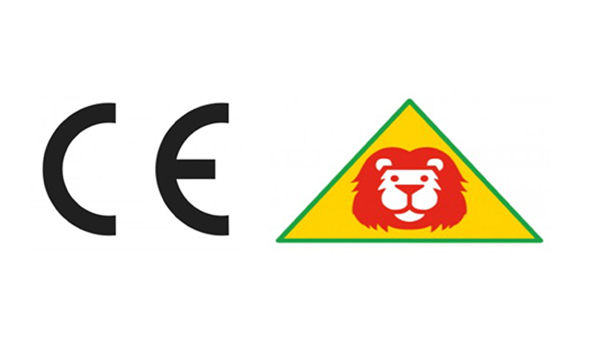
Figure 3 – CE Marking
The British Toy & Hobby Association (BTHA) established a recognised consumer symbol, the Lion mark (Figure 3), to denote safety and quality of toys. The Lion Mark verifies that the toy has been produced by a member of the BTHA. Therefore, the member has agreed to commit to adhering to the BTHA Code of Practice which consists of complying to rules covering ethical and safe manufacture of toys, a ban on any counterfeit goods etc. The BTHA code of practice ensures that members not only meet UK legislation but surpass legal requirements to meet the best practice guidelines which built the basis of the Code. Dissimilar to the CE marking, the Lion Mark is a true consumer symbol.
Impact Solutions as a UKAS accredited laboratory advise that, if you suspect a toy for your child has breached the toy safety regulations, you should contact your local Trading Standards office immediately. The Trading Standard authorities will investigate the seller and prevent them from selling more fake toys into the market place.
If you are interested in performing material testing for your products, be sure to contact a member of our team today!
Be sure to also keep up-to-date with our newest developments by following us on Facebook, Twitter and LinkedIn.


